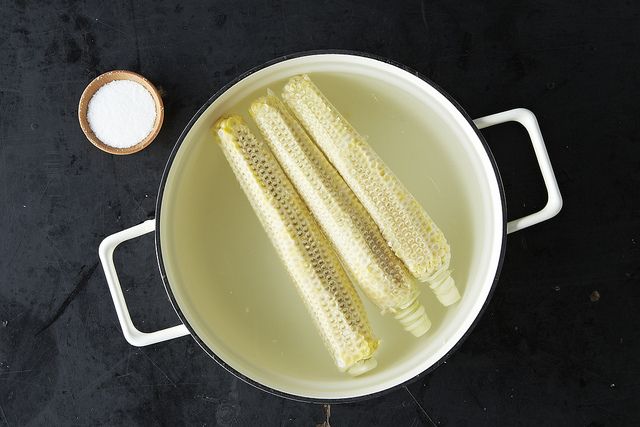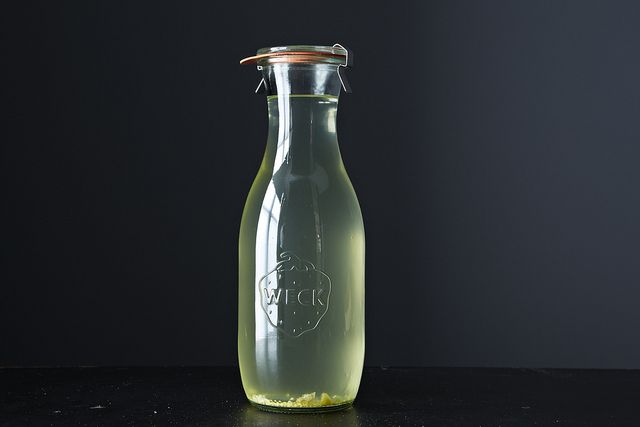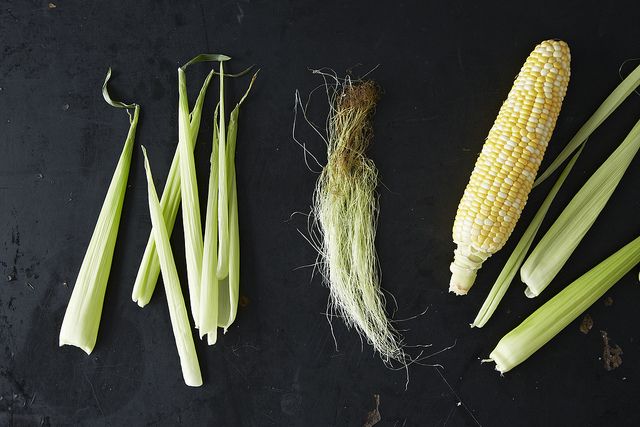Inspired by conversations on the Food52 Hotline, we're sharing tips and tricks that make navigating all of our kitchens easier and more fun.
Today: Your corn is more than just the sum of its kernels.

All summer, you've likely been stripping your corn of its kernels, eating them typewriter-style or slicing them off, raw, to throw together a last-minute salad. Maybe you've grilled them or broiled them or doused them in butter.
But what have you been doing with the rest of your corn? Likely, throwing it away. Let's change that.

Your cobs, husks, and silks are still of value to you after they've kept your precious kernels safe on their journey from a field to your table. They can add flavor to your soups, wrap your tamales, cure what ails you, or make your garden's soil richer.
Your most obvious, hands-off option is the closest compost bin. This year's husks will turn into next year's herb garden -- which you can then mix into butter and spread on your corn. It's the (crop) circle of life.
But if you want to get more creative with your scraps, here are some ideas:
Corn Stock
Just as you can save the carcass of your chicken to make a broth, you can save those cobs of corn. When your cobs are bare, cover them with water, salt well, and let simmer until the corn's scent has filled your kitchen and its flavor has infused your water.

Some cooks (like AntoniaJames and lapadia) add their husks and silks, too; just be sure to wash your outer husks thoroughly, and strain once you're done. Store stock in jars in the fridge or freezer, and use it to add the purest corn flavor to any recipes that call for stock.
Now that you've made your corn stock (good for you!), here's what to do with it:
• Replace the stock in your Risotto
• Make corn chowder -- like lapadia's Fennel-Spiced Corn Chowder Provencal• Use it in your grain-cooking liquid
• Make extra-corny polenta

Husks
Corn husks are most traditionally used, once dried, to wrap tamales. And you can dry your own at home! This is best done in the sun, so grab a cardboard box, lay your husks in a single layer, and let sit in the sun for a few days -- be sure to take them inside overnight or if there is any chance of rain. You can also try to dry them, carefully, on very low heat in the oven.
If you're feeling crafty, you can also make your own corn husk doll.

Silks
They're mostly an annoyance to corn shuckers everywhere, but corn silks make a tea that may cure what ails you. According to Betty Fussel, it appeared as a household remedy in the United States in the 19th century. You don't need a recipe -- just remove the black tops, then steep your silks in hot water. Watch this video from Gourmet for more guidance on all things corn silk tea. (PS: Did you know that corn has one silk for each kernel?)
Now pat yourself on the back for being so resourceful. And go buy a few more ears before they're gone.
Tell us: what do you do with your husks, silks, and cobs?






See what other Food52 readers are saying.